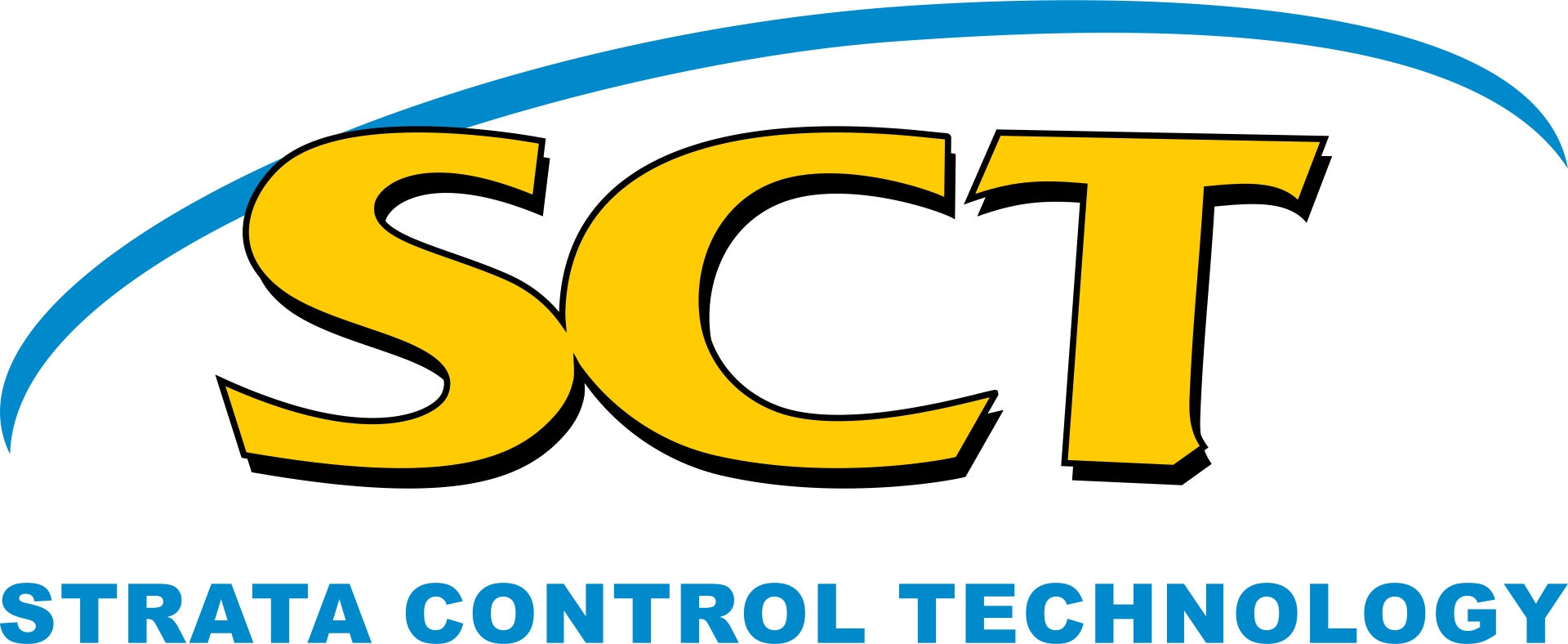Welcome to SCT's own publications library which contains a collection of recent publications and other resources with reliable research about our technology.
-
Development and Application of Strata Management in Coal Mines - Stuart MacGregor
Published Jan, 2005The continuing need to improve productivity and safety requires mine operators to both successfully manage the hazards associated with strata control whilst optimising mining practices. Recent experience in Australian coal and metalliferous mines has seen the introduction of legislation to ensure that adequate consideration is given to geotechnical design and strata control.
This paper outlines a rational approach for the development of a Roadway Strata Management System that is based upon the systematic assessment of strata behaviour during all stages of a roadways use and describes its application by Strata Control
Technology Pty. Ltd. at Ulan Coal Mines Limited. Development-and-Application-of-Strata-Management-in-Coal-Mines-S.MacGregor-2005.pdf519 KB -
Determination of Load Transfer Characteristics of Gloved Resin Bolts from Laboratory and In-Situ Field Testing - Stuart MacGregor - Published 2005
Published Feb, 2005Resin based grouts are the main form of rock bolt anchorage in the underground coal industry in Australia and New Zealand. To be effective, the system requires the mixing of the catalyst and mastic components of the resin, as well as shredding of the laminate cartridge that contains the resin.
An unknown measure is the load transfer characteristics of a bolt where the resin is well mixed but remains encased in the cartridge (gloved). Laboratory and in situ field investigations have been undertaken to quantify the performance loss due to mixed gloved bolts. This work showed repeatable results, indicating serious performance loss of the gloved and mixed system, with load transfer approximately 10-15% of a non-gloved system (MacGregor, 2004).
The in situ testing has demonstrated the relationship between the adhesion qualities of the resin and the mechanical interlock generated by radial confinement with progressively increasing tensile load. Effective load transfer is defined by the ability of the system to sustain shear stress on the bolt hole wall. Determination-of-Load-Transfer-Characteristics-of-Gloved-Resin-Bolts-from-Laboratory-and-In-Situ-Field-Testing-S.MacGregor.pdf1.3 MB -
Acoustic Scanner Analysis of Borehole Breakout to Define Stressfield Across Mine Sites in Sydney and Bowen Basins - Stuart MacGregor - Published 2002
Published Feb, 2002The role of horizontal stress, its orientation and magnitude, in defining the behaviour of strata in underground coal mines has been well established. Poor panel layouts have led to gate end stress concentrations, roof falls and lost production. The ability to define the horizontal stress regime over a mine site has historically been limited to point measurements, in part due to technology and cost. Recent advances in the application of geophysical tools, notably the acoustic scanner (borehole televiewer) have resulted in a new technique to conduct stress measurements. By quantifying the nature of borehole breakout and the mechanical properties of rocks in which they occur, this technique provides the ability to:
• obtain a vastly greater number of measurements, both at different depths and spatial distribution, than other techniques such as overcoring or hydraulic fracturing
• readily obtain depth versus stress relationships
• define geotechnical domains on the basis of stress direction and in-situ stress magnitude for mine planning purposes
This paper presents an overview of the technique and presents case histories in its application at a mine site in the Sydney Basin, Australia. Acoustic-Scanner-Analysis-of-Borehole-Breakout-to-Define-Stressfield-Across-Mine-Sites-in-Sydney-and-Bowen-Basins-S.MacGregor.pdf666 KB -
Definition of Stress Regimes at Borehole Mine and Regional Scale in the Sydney Basin through Breakout Analysis - Stuart MacGregor - Published 2003
Published Feb, 2003The role of horizontal stress in affecting strata behaviour in underground coal mines has been well documented (Siddal and Gale1, Hebblewhite2, Mark3). In Australia, the nature and depth of the underground coal resources has resulted in high levels of horizontal stress, typically 2-3 times the vertical stress, and up to 9 times that expected by lithostatic burial. Horizontal stress impacts on all facets of strata behaviour, and is a fundamental input into the geotechnical design process.
Borehole breakout analysis, particularly using high resolution acoustic scanner images, provides the ability to collect large data sets that have significant depth and spatial coverage. In real terms this provides the ability to investigate a range of stress phenomena at different scales, and assess the factors controlling in situ and mining induced stress regimes.
This paper highlights a range of stress phenomena that have been observed through breakout analysis in the Sydney Basin and outlines the impact these have on underground mining operations. Definition-of-Stress-Regimes-at-Borehole-Mine-and-Regional-Scale-in-the-Sydney-Basin-through-Breakout-Analysis-S.MacGregor.pdf1.1 MB
